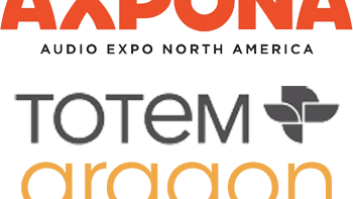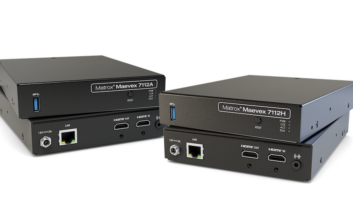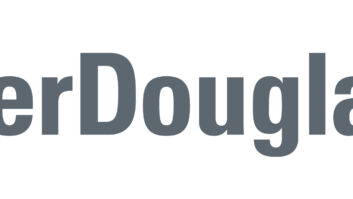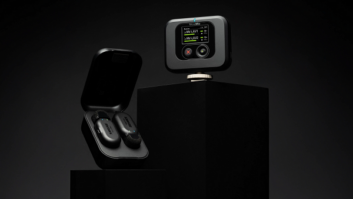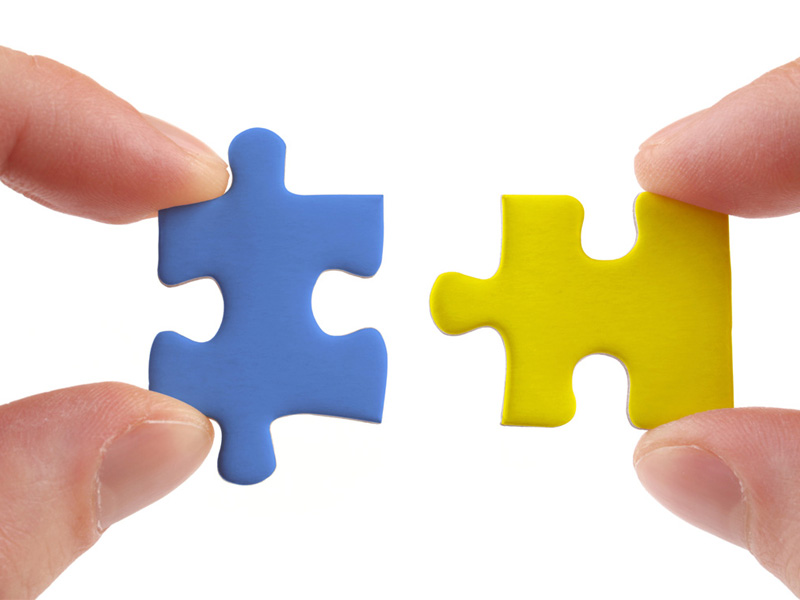
I write a lot about the importance of data capture in the promotions world. The reason is simple: I happen to believe that data is what will help us all continue to do better work by refining our approaches and by reducing waste in how we spend. Unlocking the secrets of program data will help us find new behaviors to incent and break out of ruts and old patterns.
However much we are able to refine our work by using this data however, it is important to remember some of the fundamentals of effective channel incentives. After all; our goals never really change – we need more mindshare in the channel. We need to displace competitors. We want loyalty. We want more sales.
The goals are pretty stable, but what has to change constantly is the tactics. The buyer’s journey is in constant flux as new technologies create new products along with new ways to market, advertise and sell them. It’s a fun and exciting challenge for channel marketing professionals but there are some program design fundamentals that continue to hold true.
Having indexed the transaction data from millions of incentives claims since 2009, I thought today I could share what I’ve learned by looking for common success drivers across the top-performing programs we’ve helped our clients deliver.
Get to clarity on business objectives
Bear with me for a moment. This one should be self-evident, but I sometimes see people lose the plot here. Running a SPIFF program simply because a competitor or another division in your company is doing one is no longer a valid reason. It’s very important to get clear on what you’re trying to accomplish. Are you launching a new product? Is the program meant to drive growth in a stale territory? Are you looking to pull market share from a competitor? What about mind share from the sales associates at a particular store?
As richer sources of data become available, it is possible to become even more surgical in your program planning. One of our clients runs over 200 concurrent, customized programs with wild success – the result of focused, data-driven decisions. Getting crystal clear on what you need to do and then pulling reporting from historic program data will help you plan and execute with precision.
Get to clarity on demand pull/demand push.
What does it take to convince retail sales associates (RSAs) to choose your brand or SKU over others? How can they be incented to sell the right SKUs or bundles to meet your objectives? Remember, training is a form of incentive as hundreds of RSAs have told us themselves that they prefer to sell brands they know very well. We have seen on-demand training combined with an incented quiz on the material work very effectively.
Trend alert: while RSAs are still able to move the needle up to 85% of the time in many verticals, it’s important to recognize how the Internet is shifting the discovery/purchase path, especially on higher ticket items. Increasingly retailers are beginning to see a new type of customer who has undergone all steps in the discovery and decision path and are using stores mainly as a pickup centre. We need to recognize this trend and leverage the opportunity to incent the consumer directly or even have no incentive whatsoever. The correct path will, again, very often be revealed by program data over time.
Do NOT blow it in the last three feet!
“Every time you treat them wrong, you’re just opening up the door for someone else to treat them right.” ~ Trent Shelton
The last three feet of the deal come after the consumer owns your product and is already experiencing it and how it fills the need they came to you with. It comes after the RSA has delivered on their end of the sales incentive deal – they have sold your product in good faith. What experience are you delivering to these people when they go to claim the channel or consumer incentives? I have been in this business for most of my career and have seen far too many brands with great products and great programs blow it during the incentive fulfillment phase.
This part is about ensuring that your brand treats your partners and consumers just as well or better than they were being treated before they performed the desired action. These folks sell your products for you. The customers buy them and bring them into their homes. It’s a big deal and they should be treated appropriately. And it’s not just about their experience in submitting their incentive claims – it’s about the rapid payment. When you receive the payment within days it reaffirms your decision to buy or sell the product. It’s truly a reward for the action you took.
Further reading: For a free download of our e-book The Six Reasons That Front Line Salespeople Sell, please click HERE.






